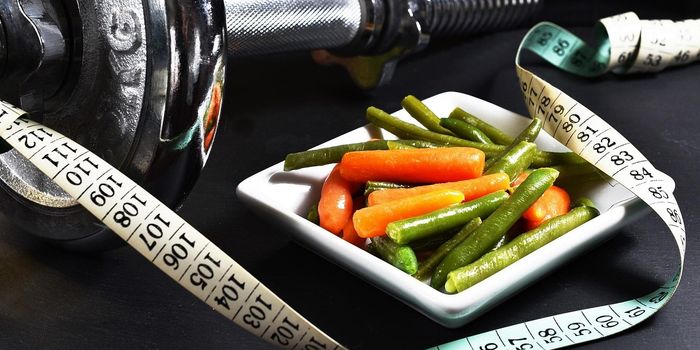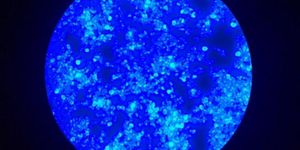Analyzing breast implant topography and associated immune responses
In an effort to understand how breast implants influence the immune system, researchers from MIT have led an analysis to look at the surface topography of implants and the development of negative health effects. Their findings are published in the journal Nature Biomedical Engineering.
Although uncommon, there is concern that breast implants can trigger the development of anaplastic large cell lymphoma, as well as other adverse effects. "The surface topography of an implant can drastically affect how the immune response perceives it, and this has important ramifications for the [implants'] design," explains former MIT postdoc Omid Veiseh, who is now an assistant professor at Rice University. "We hope this paper provides a foundation for plastic surgeons to evaluate and better understand how implant choice can affect the patient experience."
Veiseh collaborated with another former MIT postdoc, Joshua Doloff, now an assistant professor at Johns Hopkins University, to analyze breast implants from a materials science perspective. The team conducted an analysis of five commercially available implants with different topographies and roughnesses. The impetus for this experiment was to better understand how implant architecture influences the reception of the implant in the human body given that highly textured implants have been recalled in the past by the FDA due to an association with lymphoma.
The researchers determined that tissue exposed to the roughest implant surfaces had increased activity from macrophages, a kind of immune cell that eliminates foreign cells and debris. Rougher implants also triggered more pro-inflammatory T cell responses. This could be because rougher implants cause more friction against the surrounding tissue, leading to increased irritation, explain the researchers. They hypothesize that the resulting chronic inflammation could explain the development of lymphoma.
"While completely smooth surface implants also had higher levels of macrophage response and fibrosis, it was very clear in mice that individual cells were more stressed and were expressing more of a pro-inflammatory phenotype in response to the highest surface roughness," Doloff says. The best topography, it appears, in one that is neither completely rough nor completely smooth.
The researchers hope their findings will have practical implications for breast implant patients. They say their analysis could also help scientists to develop more biocompatible implants.
"We are pleased that we were able to bring new materials science approaches to better understand issues of biocompatibility in the area of breast implants. We also hope the studies that we conducted will be broadly useful in understanding how to design safer and more effective implants of any type," concludes senior study author Robert Langer.
Sources: Nature Biomedical Engineering, Science Daily








